A talented archaeologist Mushni Khvartskiya could devote his life to science and make many more discoveries, but the tests that befallen the homeland turned his life, and he took up arms. To the hero’s birthday, on March 27, the WAC web information portal publishes an essay about him.
Arifa Kapba
An archaeologist, fascinated by the secrets of the past, he could write many works, make incredible discoveries, but it so happened that the ordeals that befell his people turned his life abruptly: leaving the archaeological excavations, Mushni Khvartskiya defended the Motherland. For four months of participation in the Patriotic War of the people of Abkhazia, he managed to become a legendary warrior and hero.
Even those who have never met Mushni Khvartskiya in their life, know how he looked: for a long time in Abkhazia a lot of banners hung with his portrait - a handsome man with a beard.
Several of his television interviews during the war preserved. People see these footages again and again: they are shown every time the memorable dates associated with the war are commemorated.
“The archaeological camp was all about him”
Mushni Khumsaevich Khvartskiya was born on March 27, 1955 in the village of Verkhnyaya Eshera. After graduating from the Sukhum Tenth Secondary School, Mushni entered the history and law faculty of the Sukhum Pedagogical Institute. The main passion of Mushni Khvartskiya in those young years became archeology.
In the summer of 1980, when he was a student, he discovered an ancient Greek man’s camp a kilometer north of the village of Khuap. It was in the cave of Machagua at an altitude of 625 meters above sea level. Then, for several years, starting in 1986, he worked with this monument, opened several more cave sites nearby. Many of his friends came to the archaeological camp near the village of Khuap, which Mushni made. Until Machagua cave has never been explored before Mushni Khvartskiya.
One of those who knew Mushni Khvartskiya closely and participated in those archaeological excavations was Akhra Bzhania. In an interview with Sputnik Abkhazia, he recalled Mushni’s personal and leadership qualities:
“I don’t exaggerate, but sometimes it seemed that our archaeological camp with all its contents, and at the same time and with the whole world, was all about him (Khvartskiya - ed.), contrary to the laws of celestial mechanics. For us, eighteen-year-olds, Mushni was a kind of mythological hero, the expeditionary Hercules, whom everyone tried to imitate.”
Mushni wrote an article using the study of Machagua cave in 1987. It was later published by the most famous archaeological journal of the USSR of that time - “Soviet Archeology”. Materials came to the magazine from all over the country, there were a lot of them, and sometimes one had to wait for publications for years. “Mushni’s article wasn’t published for five years,” recalls the hero’s friend and colleague Natalya Milovanova. - “We have already quit waiting. Finally, it was published in the fourth issue in 1992, a week after the death of Mushni.”
Promising young scholar
Khvartskiya participated in other expeditions, including one of the most famous archaeological expeditions of the USSR, Kostenkovskaya. It was associated with studies of the Upper Paleolithic site near Voronezh.
In general, Mushni’s young life was a classic example of a budding scientist’s life. In the 80s he worked at the Abkhaz Institute of Literature and History named after Dmitry Gulia - first as a laboratory assistant, then as a junior research assistant. Since 1987, he was a researcher at the Abkhaz State Museum.
In the fall of 1982, Mushni was sent for a scientific internship at the Leningrad branch of the Institute of Archeology of the USSR Academy of Sciences. There he came to the leading specialist in the country on the Lower Paleolithic - the leader of the Caucasian Paleolithic expedition in South Ossetia, Vasily Prokofyevich Lubin. So in 1983 he was on archaeological excavations in South Ossetia. The expedition was engaged in the excavation of the cave sites of ancient people, who dated to the early Paleolithic. These caves were called Kudaro, and the sites were called Kudaro sites.
Kudaro expedition worked by that time for almost thirty years. The expedition was with very strong traditions, its backbone consisted of archaeological students of Leningrad State University, fans of their work, there was something to learn from them.
“Mushni was more about the mountains, apparently, which is why after 1983 and his experience in South Ossetia, he began to study early Paleolithic cave sites and searched for such in Abkhazia, that is, he became an archaeologist-specialist in the study of cave sites of the early Stone Age,” tells Natalia Milovanova.
Young scientist was preparing PhD thesis again in Leningrad, under the guidance of Professor Lublin. It was devoted to the study of Ashel and Moustyer monuments in the homeland of Mushni (Dzhirkhva, Hapsch, Psyrtskha, Khuap, Machagua).
From excavations to trenches
By the end of the eighties, when the clouds began to gather over Abkhazia, and the open clashes of Abkhaz and Georgians were going on the streets, Mushni left his profession and went into politics.
According Milovanova, he had to abandon science, in which he worked so hard in Leningrad, and his PhD thesis, which he did not get a chance to defend. A little later he had to defend not his dissertation, but the Motherland.
“He wanted the Abkhaz to develop as a people, preserve their national culture, develop statehood. For me, Mushni personifies the very idea of patriotism in its absolute meaning” - she says.
When the war broke out in Abkhazia on August 14, tanks appeared on the streets of Sukhum, Mushni was one of the few who did not lose heart and accepted the first battle on the Red Bridge. The question of whether to take up arms or not, was not in front of him.
“As if it was just overcast outside”
On August 24, 1992, Mushni Khvartskiya was appointed commander of the Gumista defensive line, despite the fact that he was not a military man and did not have special training. Perhaps it happened because of its absolute confidence that the Abkhaz people will surely stand and win. And, undoubtedly, his personal qualities played a role: courage, inner core, attitude to the defense of the Fatherland as a duty, as something taken for granted.
Even on the eve of the war, he told his sisters: “You prepare your mother so that she does not lament and cry, let her know that each of us must go to defend our homeland.”
Batal Kobakhiya, who was close friends with Mushni, in one of his interviews recalled his absolute calmness during the hostilities: “It was in October, when the Georgian SU-27 flew for the first time over a restaurant in Eshera, where the headquarters and evacuation center were stationed, bombed us. There was a certain panic, and suddenly a shout: “A woman is wounded!” I went out. I didn’t want to go out of there, of course, but I came out in horror. And then among the powder smoke I see Nina Balaeva, and Mushni walks. He walks quietly, as if it is just overcast outside. This confident, calm walk absolutely removed my panic, fear. It instilled perfect peace in me. It was a feature of his character. In the most extreme situations, when it seemed that we would all perish, he could calmly react to what was happening.”
In an interview from the front, Mushni said that the war in fact became Patriotic: “Representatives of the confederation came to us - that is, the North Caucasian peoples - our closest relatives by blood, by character, by psychology, by origin, by spirit. There is, of course, some difference between us - we have been isolated for quite a long time, but the spirit is spirit, it does not just evaporate. And I am sure that the more we will be crushed, the more this spirit will revive, the more genes will wake up, the more we will know each other.”
“We will survive and be reborn in the best quality”
In October 1992, Mushni was promoted to the rank of major and sent as a representative of the General Staff of the Republic of Abkhazia to the Ochamchira-Tkuarchal direction, that is, from the Western Front he came to the Eastern Front.
“Four days before his death on December 2, 1992, Mushni was appointed commander of the Eastern Front, but he did not have time to receive this order and did not have time to find out about it, and very few people know about it,” says Natalia Milovanova.
Mushni personally destroyed five tanks, infantry fighting vehicles, armored personnel carriers. With his participation, the village of Kochara of the Ochamchira region was liberated. Mushni Khvartskiya died in December 1992 during an offensive operation in the village of Lashkindar from a grenade shard.
In the place where Mushni Khumsaevich took the last battle, today a monument has been erected. As Batal Kobakhiya tells in an interview to Abkhaz television, after the death of the hero, the future first President of the Republic of Abkhazia, Vladislav Ardzinba, the front commander-in-chief, offered to bury him not anywhere, but in the historical glade of Lykhnashta. It was there that Mushni was buried.
The death of Khvartskiya for a long time derailed those who knew him, who saw in him a symbol of victory and freedom, but, of course, no one put their hands down. Moreover, everyone considered it their duty to make Mushni Khvartskiya’s dreams of victory, peace, justice, freedom a reality.
“I have no doubt that we will win. But another thing, what is meant by victory? The victory of the spirit or the victory of some physical force, our reprisals against someone else, who went against us? I need to think about this more ... I don’t want to give a description of what Shevardnadze did, this is already visible, but in the end it brought us together, united. We will survive in another quality, good, kinder, more courageous, more honest ”, these words, spoken by Mushni Khvartskiya in an interview with war correspondents, inspired and continue to inspire so many of his compatriots.
In 1993, Mushni Khvartskiya was posthumously awarded the title Hero of Abkhazia. After the victory, the Hero's star was handed to the father and 10-year-old son of Mushni personally by the President of Abkhazia Vladislav Ardzinba.
The name of his grandfather proudly bears the grandson of Mushni Khvartskiya - also Mushni, he is a fifth-grader and one of the best students. Granddaughter Milana Khvartskiya is only four years old, and she has yet to learn a lot about how courageous and outstanding her grandfather was.
References:
- Abkhaz Biographical Dictionary
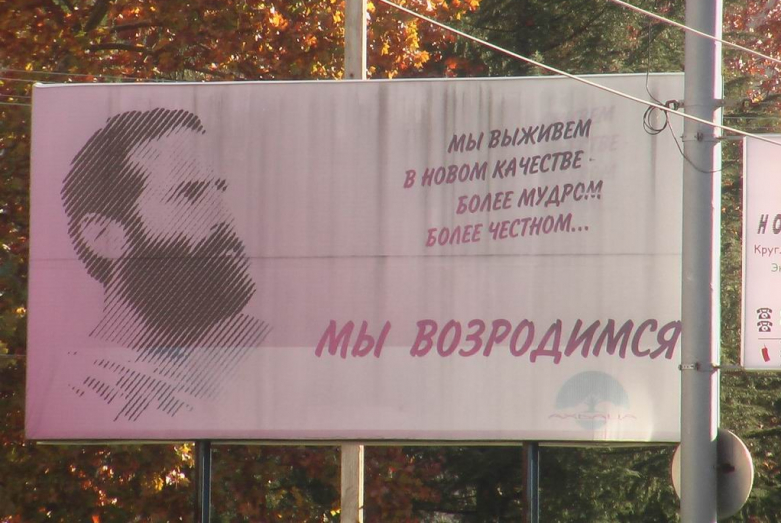
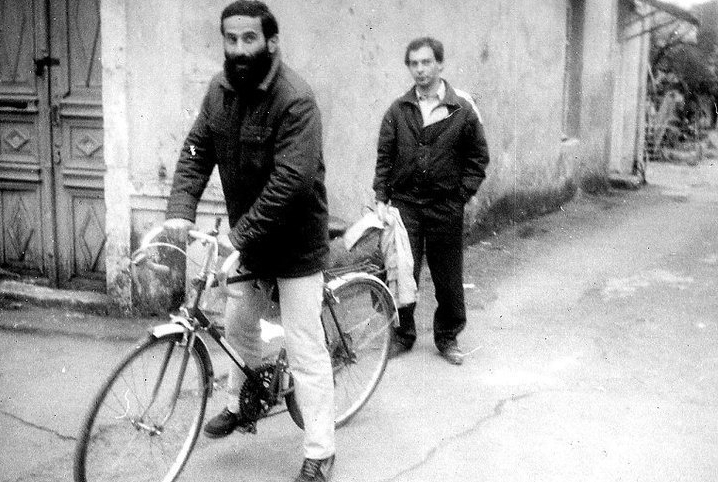
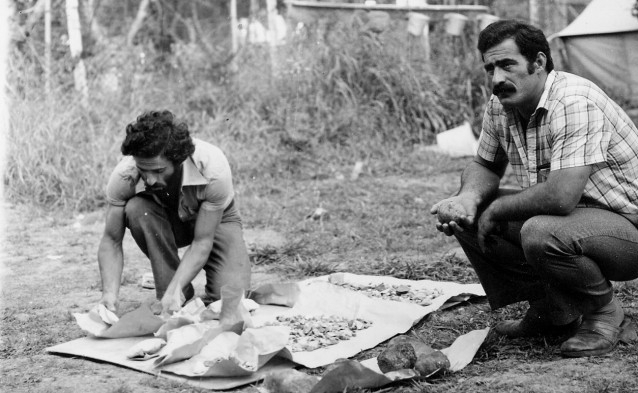
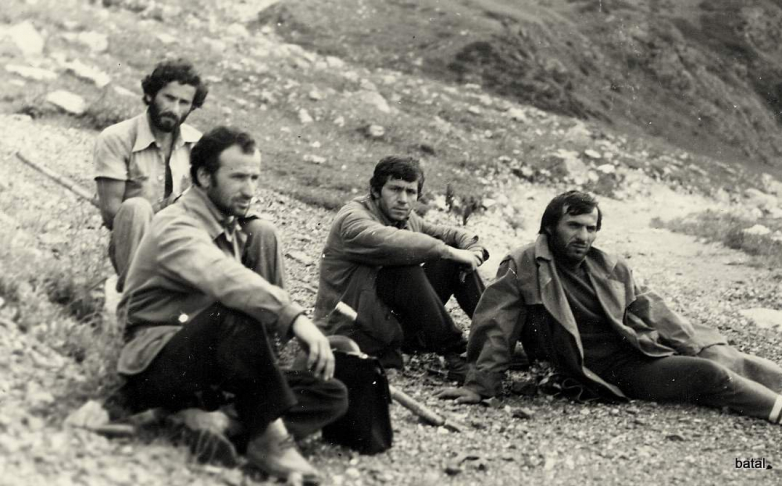
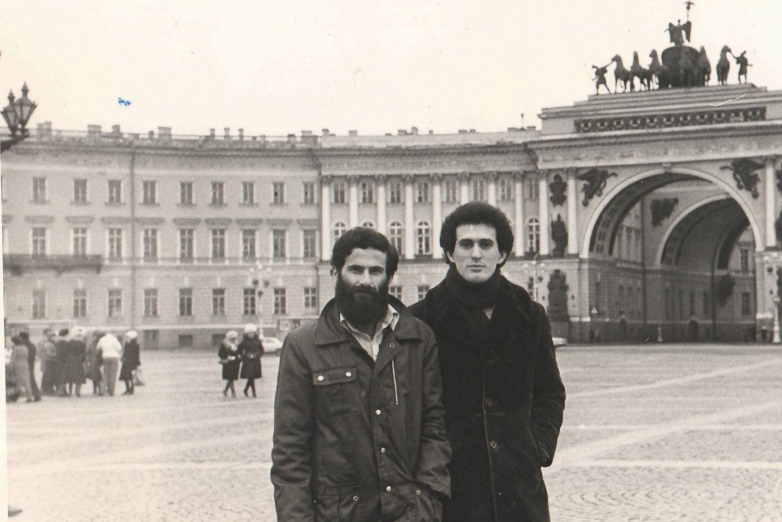
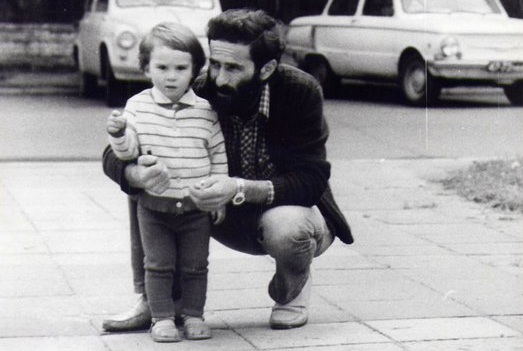
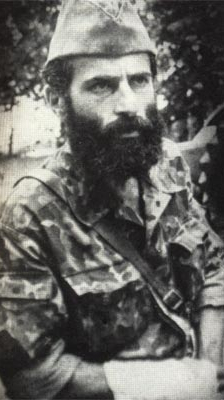
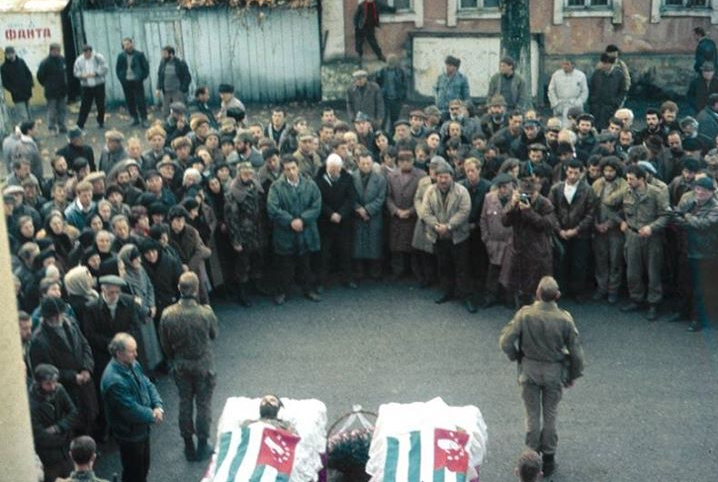
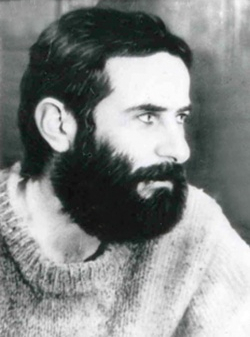
to login or register.